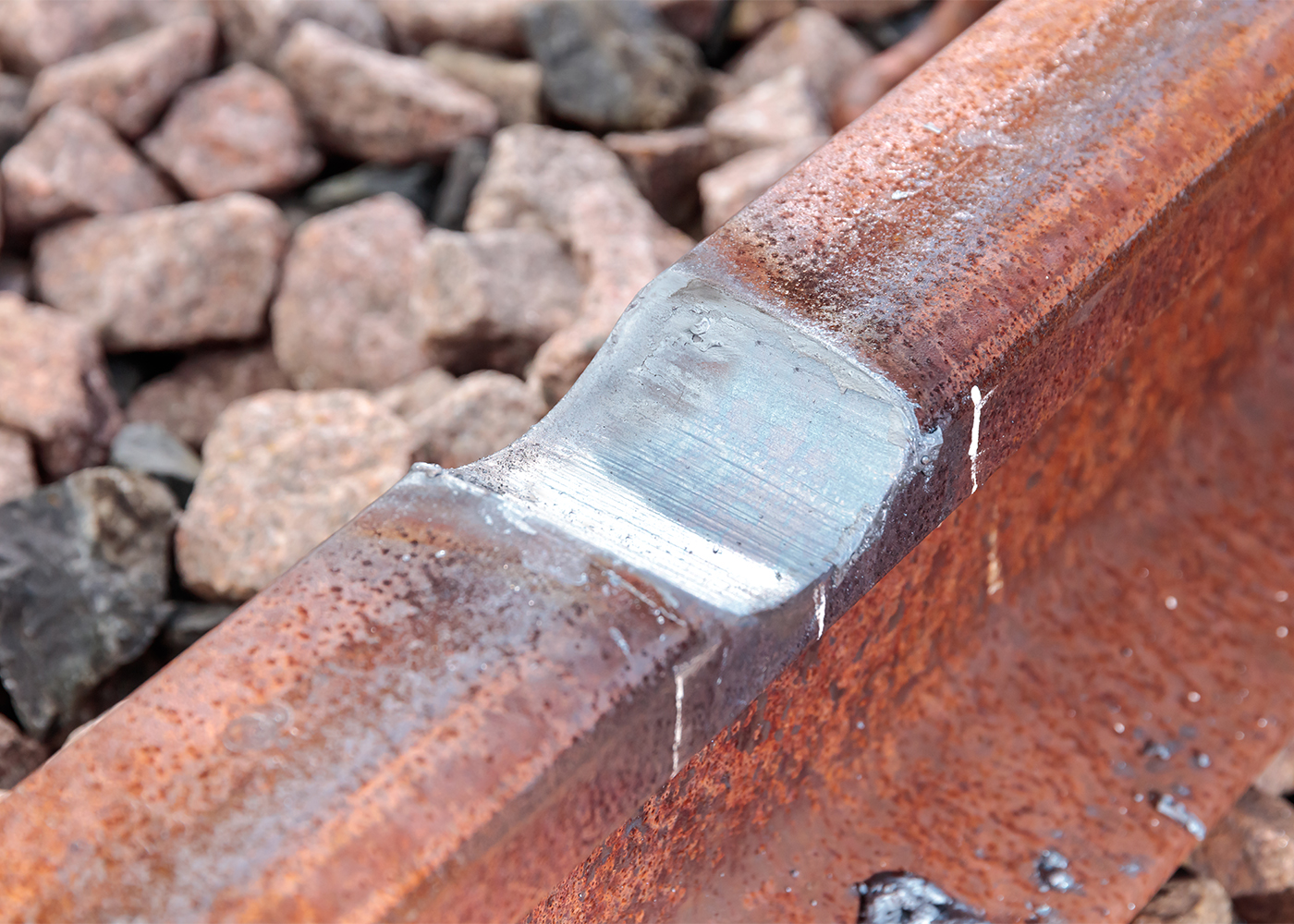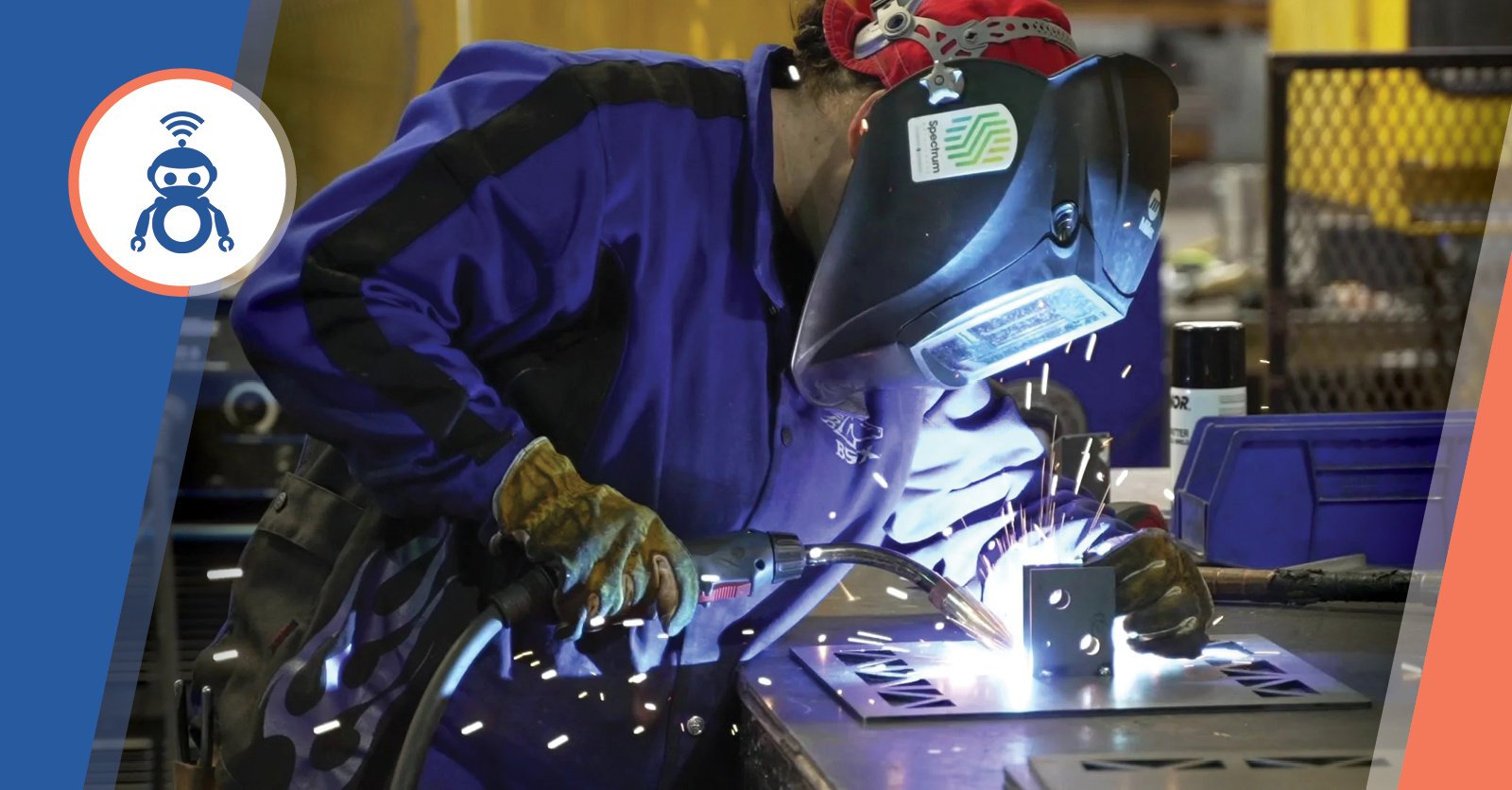Field-tested steps to avoid porosity in welds with Belgrade Welding
Everything about Welding: Trick Insights Into Techniques and Ideal Practices for Success
Welding includes a selection of strategies, each suited for details materials and applications. Understanding these techniques, such as GMAW, SMAW, and TIG, is necessary for achieving excellent outcomes. Additionally, the ideal devices and safety methods can not be forgotten. As prep work and troubleshooting play vital roles in the welding process, grasping these components can greatly boost the quality of the last item. What are the crucial elements that assure a successful weld?
Understanding Various Welding Methods
Welding strategies incorporate a selection of approaches, each suited to particular applications and products. Among the most typical techniques are Gas Metal Arc Welding (GMAW), Protected Steel Arc Welding (SMAW), and Tungsten Inert Gas Welding (TIG) GMAW, likewise understood as MIG welding, is prominent for its rate and flexibility, making it excellent for slim products. SMAW, or stick welding, is preferred for its simpleness and effectiveness in outdoor environments, especially with thicker steels. TIG welding supplies precision and control, making it suitable for intricate job and non-ferrous metals (Montana Mobile Welding and Repair Fabrication). Each strategy has its distinct benefits and considerations, allowing welders to pick the very best technique based on the project's demands, product kind, and preferred outcomes. Recognizing these strategies is essential for effective welding
Necessary Welding Devices and Devices
While different welding techniques call for particular skills, the appropriate devices and devices are equally essential for accomplishing quality results. Essential welding tools consists of welding equipments, which differ depending upon the technique-- such as MIG, TIG, or stick welding. Safety gear, consisting of handwear covers, headgears, and aprons, warranties safety and convenience during the procedure. Additionally, clamps and components help protect products in position, ensuring accuracy in welds. Consumables like welding poles, cable, and protecting gas are likewise vital parts that affect the quality of the weld. Tools such as grinders and cutters assist in surface area prep work and post-weld ending up, contributing to an expert result. Purchasing top notch equipment ultimately enhances the efficiency and effectiveness of welding jobs.
Safety Practices in Welding
Proper security methods are essential in the welding market to secure employees from possible threats. Welders must wear appropriate individual safety tools (PPE), consisting of safety helmets with proper shading, gloves, and flame-resistant clothing. Sufficient ventilation is crucial to minimize direct exposure to dangerous fumes and gases produced throughout the welding process. Additionally, employees need to be trained in the right handling of welding devices to protect against accidents. Fire precaution, such as maintaining flammable products away from the welding location and having fire extinguishers easily offered, are needed. Routine assessments of devices and work areas can aid recognize possible dangers before they result in crashes. By adhering to these safety techniques, welders can produce a safer working atmosphere and minimize dangers linked with their trade.
Readying Materials for Welding
Preparing products for welding is an important action that considerably influences the top quality and stability of the last item (Montana Mobile Welding and Repair Belgrade Fabrication). Correct prep work involves cleaning the surfaces to remove pollutants such as oil, dirt, and corrosion, which can jeopardize the weld. Methods such as grinding, fining sand, or utilizing solvents are typically employed to accomplish a clean surface area. In addition, guaranteeing that the materials mesh comfortably is crucial; gaps can cause weak welds. It's also crucial to think about the positioning and positioning of the parts, as this will certainly influence the simplicity of welding and the final result. Ultimately, picking the suitable filler product and ensuring compatibility with the base steels is vital for accomplishing strong, sturdy welds
Tips for Getting High-Quality Welds
Achieving top quality welds requires focus to detail and adherence to best techniques throughout the welding process. Correct joint prep work is necessary, guaranteeing surfaces are tidy and complimentary from pollutants. Selecting the suitable filler material and welding method based on the base steels is important for ideal bonding. Preserving constant traveling rate and angle while welding can promote and avoid issues uniformity. Additionally, managing heat input is necessary; extreme warmth can cause bending and compromised joints. If necessary, regularly examining the welds throughout the process enables for prompt adjustments. Employing suitable post-weld treatments, such as cleaning and tension alleviation, can boost the longevity and integrity of the weld, inevitably ensuring an effective outcome.
Repairing Common Welding Issues
Welding commonly presents difficulties that can influence the top quality and honesty of the end product. Typical problems such as porosity, irregular weld grains, and getting too hot can develop, each needing details repairing strategies. Understanding these problems is important for welders to boost their skills and achieve perfect results.
Porosity Troubles Explained
Although porosity can usually be forgotten, it stays an important issue in welding that can jeopardize the integrity sunstone welders of a finished item. Porosity describes the presence of tiny gas pockets within the weld bead, which can deteriorate the joint and lead to premature failure. This issue normally develops from impurities, dampness, or inappropriate protecting gas coverage throughout the welding process. To mitigate porosity, welders need to verify that the base products are clean and completely dry, utilize proper securing gases, and maintain constant welding parameters. Consistently checking the tools and setting can likewise aid identify potential concerns before they materialize in the weld. Attending to porosity effectively is essential for accomplishing solid, durable welds that satisfy top quality criteria.

Inconsistent Weld Beads
Inconsistent weld grains can greatly affect the top quality and toughness of an ended up product. Numerous elements add to this concern, including improper traveling speed, wrong amperage setups, and inconsistent electrode angles. When the welder moves also rapidly, a bead might appear slim and do not have penetration, while relocating also slowly can create extreme build-up. Additionally, making use of the wrong amperage can lead to either damaging or too much spatter, both of which compromise weld stability. The welder's technique, such as irregular torch movement, can additionally bring about irregular bead look. To reduce these problems, welders ought to focus on keeping consistent, controlled activities and ensuring appropriate equipment setups to achieve harmony in their welds. Uniformity is essential to accomplishing trustworthy and solid welds.
Overheating and Warping Issues
Too much warmth during the welding process can cause significant overheating and warping problems, affecting the structural integrity of the workpiece. These issues often materialize as distortion, which can endanger placement and fit-up, making additional assembly testing. Factors adding to overheating consist of the choice of welding parameters, such as voltage and travel rate, along with the kind of material being welded. To reduce these concerns, welders should preserve consistent traveling speed and proper warm input while keeping track of the workpiece temperature level. Furthermore, pre-heating or post-weld heat treatment can aid relieve stresses triggered by quick air conditioning - Belgrade. Regular evaluation and adherence to finest practices are crucial in avoiding overheating and making certain the long life and integrity of bonded frameworks
Regularly Asked Inquiries
What Are the Profession Opportunities in the Welding Sector?
The welding sector supplies varied career opportunities, including placements as welders, teachers, assessors, and engineers. Specialists can function in manufacturing, building and construction, aerospace, and automotive fields, benefiting from strong need and competitive incomes in various roles.
Exactly How Can I Boost My Welding Rate Without Compromising High Quality?
To enhance welding rate without sacrificing top quality, one ought to exercise effective techniques, preserve devices, optimize settings, and improve hand-eye coordination. Regular training and looking for responses can likewise considerably add to accomplishing faster, high-quality welds.
What Accreditations Are Readily Available for Welders?
Various certifications exist for welders, including those from the American Welding Society (AWS), the National Facility for Construction Education And Learning and Research (NCCER), and different industry-specific organizations. These credentials enhance employability and show ability effectiveness.
Just How Does Welding Influence the Qualities of Metals?
Welding influences the homes of metals by altering their microstructure, which can cause modifications in firmness, toughness, and ductility. Warmth input and cooling prices throughout the process substantially affect these material characteristics.
Can I Weld Dissimilar Metals Together?
